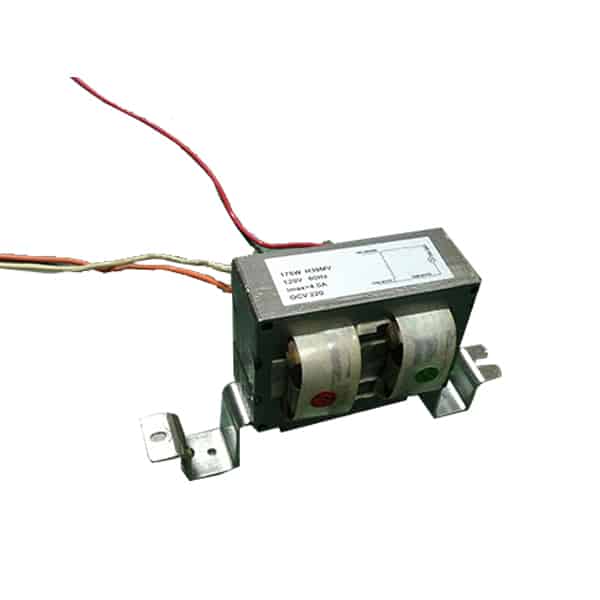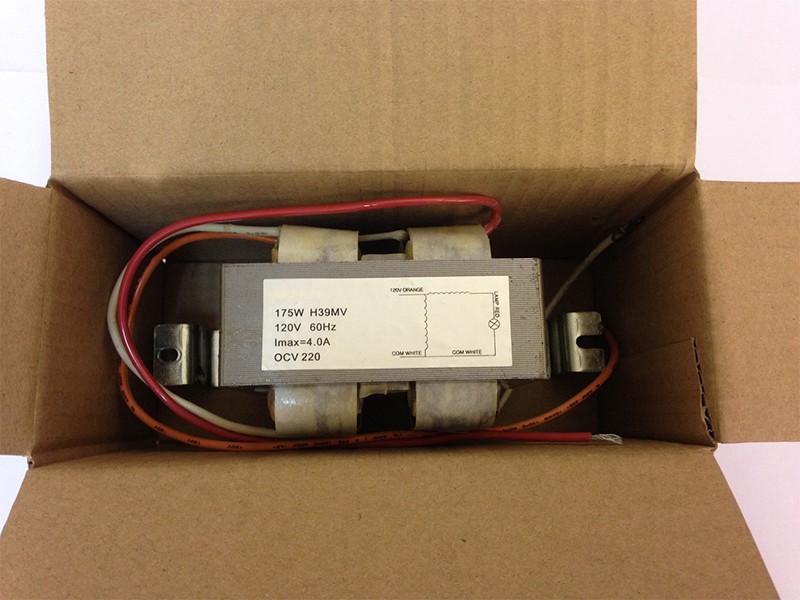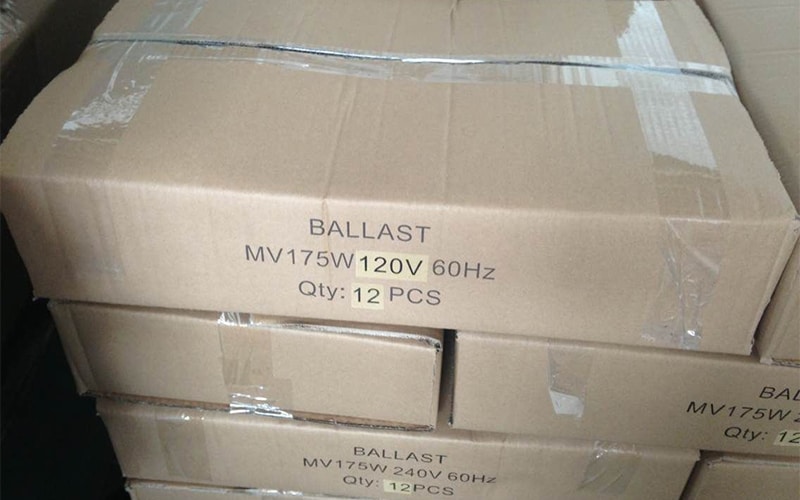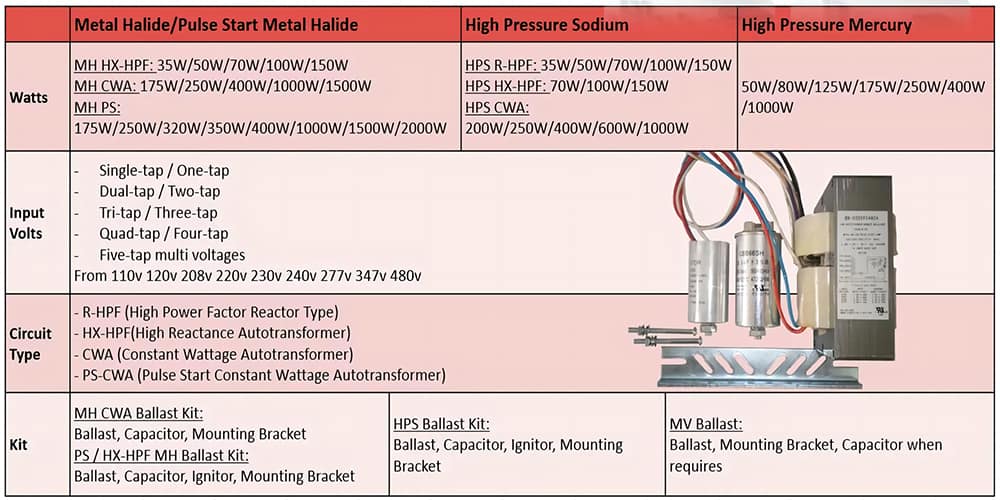When it comes to traditional lighting systems, the role of lamp ballasts is crucial. They regulate the flow of current to the bulb, ensuring it operates at the right voltage.
In the case of mercury vapor lamps, ballasts play a pivotal role in their functionality. Understanding how to test a mercury vapor ballast is essential for maintenance, safety, and optimal performance.
Do Mercury Vapor Lamps Need Ballast?
Mercury vapor lamps do require a ballast for proper operation. These lamps produce light by passing an electrical current through a mixture of mercury and gas within a glass bulb.
However, without a ballast, the lamp’s current cannot be controlled, leading to an excessive flow that can damage the lamp or cause it to fail prematurely. The lamp ballast manages the current, ensuring the lamp operates safely and efficiently.
Maintaining the integrity of mercury vapor lamps involves periodic testing of their ballasts. Testing helps to identify any issues with the ballast, ensuring the lamp functions optimally. Here’s a comprehensive breakdown to guide you through the process of testing a mercury vapor ballast.
Understanding Mercury Vapor Lamps:
Before delving into testing procedures, understanding the basics of mercury vapor lamps is crucial. These lamps consist of an inner arc tube containing mercury vapor and an electrode at each end.
When electricity passes through the tube, the mercury vaporizes, emitting ultraviolet (UV) light. This UV light interacts with the phosphor coating inside the bulb, producing visible light.
The Role of Ballasts in Mercury Vapor Lamps:
Ballasts for mercury vapor lamps serve multiple purposes. They initially provide the necessary voltage to start the lamp, then regulate the current flow once the lamp is operational.
Additionally, the ballast stabilizes the current to prevent overheating, ensuring the lamp operates safely and efficiently throughout its lifespan.
Testing Procedures for Mercury Vapor Ballasts:
Testing a mercury vapor ballast involves several steps. Begin by disconnecting the power supply and ensuring the lamp is cool. Use a multimeter to check the continuity of the ballast’s internal components, including the transformer, capacitor, and ignitor.
Inspect for any visible signs of damage or wear, such as burn marks or bulges, which may indicate a faulty ballast.
Differentiating Between Mercury and Metal Halide Ballasts:
While both mercury vapor and metal halide lamps operate using gas and mercury, their ballasts differ in design and function. Mercury ballasts are typically older technology, simpler in design, and less efficient compared to the more modern and efficient metal halide ballasts.
Identifying Ballast Issues and Solutions:
Common issues with mercury vapor ballasts include flickering or dimming lights, failure to start, or complete lamp failure. Troubleshooting involves systematically checking each component of the ballast and replacing any faulty parts.
Sometimes, a simple replacement of the entire ballast may be necessary for optimal performance.
Safety Precautions during Testing:
Safety is paramount when dealing with electrical components. Always ensure the power is disconnected before handling any part of the lighting system. Use insulated tools and follow manufacturer guidelines and safety protocols to avoid accidents or electrical shocks.
Seeking Professional Assistance:
If you encounter difficulties or are unsure about testing procedures, seeking professional help is advisable. Certified electricians or lighting experts can provide accurate diagnoses and solutions for any issues related to mercury vapor ballasts.
Conclusion:
Testing a mercury vapor ballast is a critical aspect of maintaining these lighting systems. Understanding the role of ballasts, conducting systematic tests, and prioritizing safety are key elements in ensuring the optimal performance and longevity of mercury vapor lamps.
Regular maintenance and timely replacement of faulty components contribute to a safer and more efficient lighting environment.





